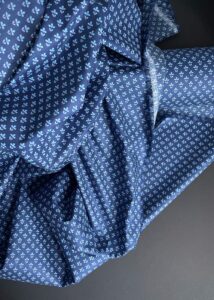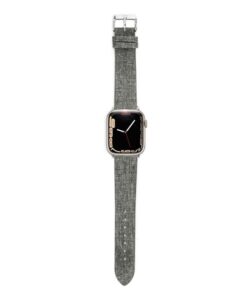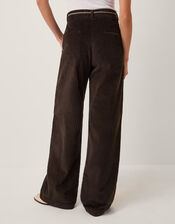Is Cotton Good for Quilting with Poplin? Textile Compatibility Explained
Introduction
Fabric compatibility is crucial in fashion and sewing, impacting the final product’s look, feel, and longevity. When considering cotton and poplin for quilting, understanding their compatibility can enhance your projects. This article explores whether these fabrics work well together, their properties, benefits, challenges, and tips for optimal use.
Compatibility Analysis
Yes, cotton is generally good for quilting with poplin. Both fabrics are versatile, breathable, and easy to work with, making them compatible for many quilting projects. Key factors include:
- Texture and Weight: Both cotton and poplin have a smooth texture, with cotton being slightly softer. Poplin is typically a bit heavier, which can add structure to quilts.
- Stretch: Neither fabric has significant stretch, ensuring stability in quilting.
- Care Requirements: Both fabrics are machine washable and easy to maintain, though poplin may require lower heat settings to avoid shrinkage.
- Durability: Both fabrics are durable, with cotton being slightly more prone to wear over time.
Fabric Properties Comparison Table
| Property | Cotton | Poplin |
|---|---|---|
| Fiber Content | Natural | Natural (often cotton-based) |
| Weight and Thickness | Light to medium | Medium |
| Breathability | High | High |
| Stretch and Elasticity | Low | Low |
| Wrinkle Resistance | Moderate | Moderate to high |
| Care Instructions | Machine wash, warm iron | Machine wash, cool iron |
| Durability | Good, softens over time | Excellent, retains shape |
Benefits of Mixing These Fabrics
- Enhanced Texture and Visual Interest: Combining cotton’s softness with poplin’s crispness can add depth to quilts.
- Improved Comfort and Performance: Both fabrics offer breathability, making quilts comfortable for various climates.
- Better Drape and Movement: Poplin’s structure complements cotton’s flexibility, enhancing quilt drape.
- Cost-Effectiveness: Both are affordable and widely available.
- Seasonal Versatility: Suitable for both warm and cool seasons.
- Design Possibilities: The combination allows for creative patterns and color contrasts.
Potential Challenges
- Different Shrinkage Rates: Pre-wash both fabrics to minimize shrinking issues.
- Conflicting Care Requirements: Use cool settings for poplin to prevent damage.
- Texture Clash or Pilling: Choose high-quality cotton to reduce pilling.
- Seam Puckering: Use even tension and appropriate needles to avoid puckering.
- Color Bleeding or Fading: Test for colorfastness before washing.
Practical Solutions: Pre-wash fabrics, use color catchers, and select compatible thread types to mitigate these challenges.
Sewing & Styling Tips
- Best Sewing Techniques: Use a straight stitch for stability. Consider topstitching for a polished look.
- Needle and Thread Recommendations: Use a universal needle size 80/12 with all-purpose polyester thread.
- Interfacing and Stabilizer Needs: Use lightweight interfacing to add structure without bulk.
- Seam Finishing Methods: Consider French seams for a clean finish.
- Pattern Selection Advice: Choose patterns that highlight fabric contrasts.
- Styling Ideas: Use in both traditional quilts and modern home decor items like pillows and throws.
Care & Maintenance Guide
- Washing Instructions: Wash in cold water on a gentle cycle to preserve fabric integrity.
- Drying Recommendations: Air dry or tumble dry on low heat to prevent shrinkage.
- Ironing and Steaming Tips: Use a medium iron for cotton and a low setting for poplin.
- Stain Removal Specifics: Treat stains promptly with mild detergent.
- Long-Term Care: Store quilts flat or rolled to avoid creasing.
FAQ Section
- Can you wash cotton and poplin together? Yes, but use cool water to prevent poplin shrinkage.
- Will cotton shrink more than poplin? Cotton may shrink more; pre-washing is advised.
- What needle size should I use for sewing these fabrics together? A universal needle size 80/12 works well.
- Can you mix cotton and poplin in one garment? Yes, they can be combined for texture contrast.
- How do you prevent puckering when combining these fabrics? Ensure even tension and use appropriate needles.
- Is it okay to mix cotton and poplin for upholstery? Yes, but consider durability and care requirements.
- What’s the best way to finish seams with these fabrics? French seams provide a neat finish.
By understanding the compatibility of cotton and poplin, you can create beautiful and functional quilts that stand the test of time. Whether you’re crafting a cozy quilt or a stylish home decor piece, these fabrics offer a wonderful blend of properties to explore.



Leave a Reply